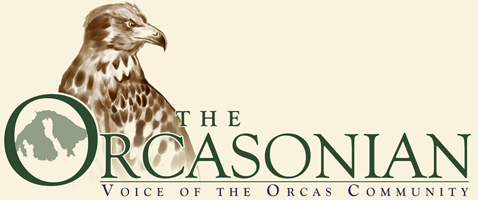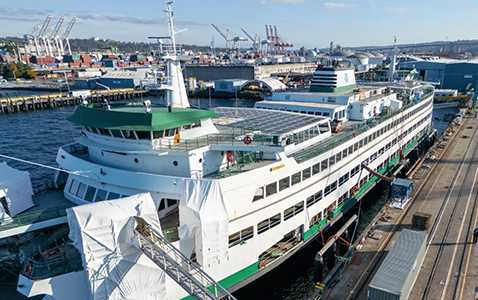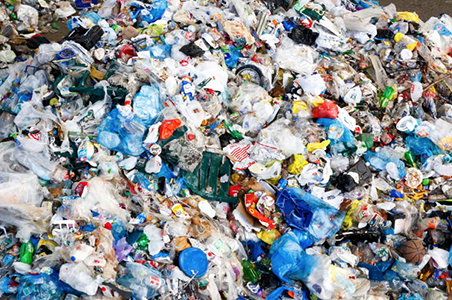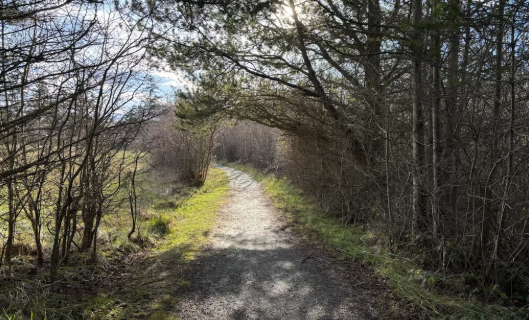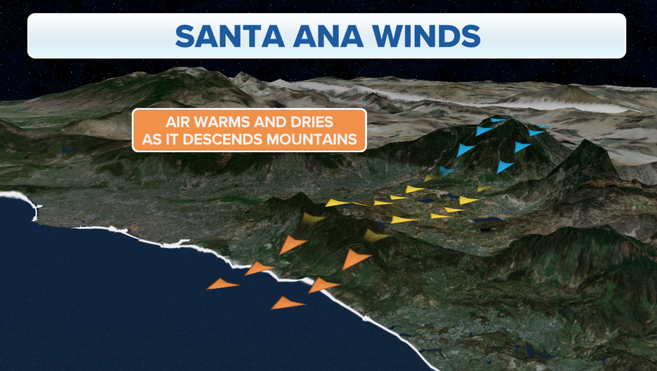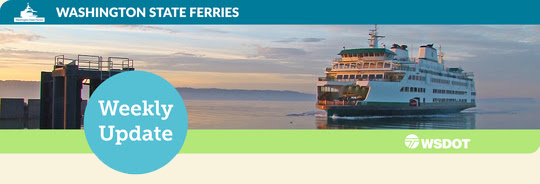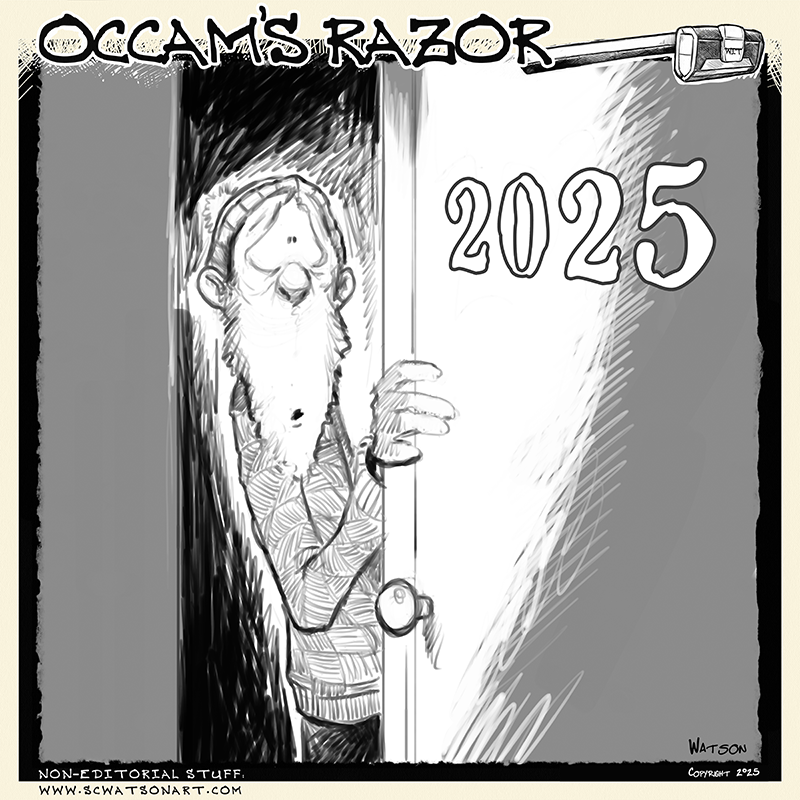— from Susan Zemek, Recreation and Conservation Office —
Salmon throughout most of Washington are in trouble, and will need continued investment by state, federal and local organizations if they are to be saved, according to a report released today by the Governor’s Salmon Recovery Office.
“Washington State has been investing in salmon recovery for nearly two decades, and we are seeing some results,” said Gov. Jay Inslee. “But we still have many challenges ahead, such as population growth and climate change. Salmon are a crucial component of our economy. Families depend on them for food and jobs. They are crucial to our identity as Washingtonians. We can’t give up on salmon recovery until they are taken off the endangered species list. Salmon are ours to save.”
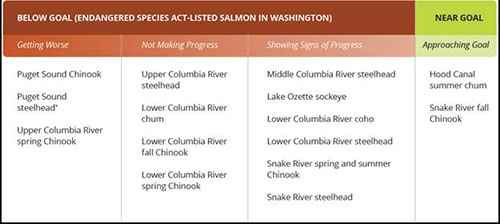
The newly released State of Salmon in Watersheds report and interactive Web site show Washington’s progress in trying to recover the salmon and steelhead protected under the Endangered Species Act. The Web site provides live data from around the state and offers interactive maps to help visitors learn about salmon recovery efforts in their communities.
Some findings from the report:
· In most of the state, salmon are below recovery goals set in federally approved recovery plans. Washington is home to 33 genetically distinct populations of salmon and steelhead, 15 of which are classified as threatened or endangered under the federal Endangered Species Act. Of the 15, 7 are not making progress or are declining, 6 are showing signs of progress but still below recovery goals and 2 are approaching recovery goals.
· Commercial and recreational harvests have declined significantly because of fewer fish and limits on how many fish could be caught to protect wild salmon. Harvest of coho salmon has fallen from a high of nearly 3 million in 1976 to fewer than 600,000 in 2014, according to the Washington Department of Fish and Wildlife. Chinook harvests have followed the same downward trend, with about 970,000 Chinook caught in 1973 compared to 316,000 in 2014.
· The newly created Fish Barrier Removal Board recently released a report indicating that despite two decades of investments, an estimated 35,000 to 45,000 barriers to fish passage remain.
The news is not all bleak. The report also talks about progress made in habitat restoration and hatchery reform.
· For the first time, more permits were obtained in 2014 to remove shoreline armoring (beach walls and bulkheads) than to build new ones in Puget Sound. Softer, more natural shorelines help increase food and shelter for salmon.
· Hatcheries are operated in more fish-friendly ways. Hatcheries operated by the Washington Department of Fish and Wildlife release millions of fish annually for harvest by recreational, commercial and tribal fishers. But hatchery fish also compete with wild salmon for resources. Today, hatcheries operate under guidelines to ensure they don’t harm wild salmon and steelhead: 88 percent of the state’s hatchery programs meet scientific recommendations to ensure conservation of wild salmon and steelhead, compared with only 18 percent of hatcheries meeting those recommendations in 1998.
· Statewide, an estimated 6,500 barriers to fish passage have been corrected with fish-friendly culverts and bridges in Washington streams, opening an estimated 6,400 miles of habitat to salmon since 2000.
· Restoration projects have improved salmon habitat along the banks of more than 800 miles of shoreline and more than 4,400 acres of estuary. Examples are the work by the Tulalip Tribes, which restored tidal flow to 350 acres on the Snohomish River, providing unrestricted fish access to 16 miles of upstream spawning and rearing habitat, and by the Department of Fish and Wildlife, which is setting back a mile-long coastal dike to restore the natural tidal flow of Skagit Bay to 131 acres.
”We have nearly 20 years of effort by thousands of Washingtonians statewide to recover salmon,” said Kaleen Cottingham, director of the Recreation and Conservation Office, home of the Governor’s Salmon Recovery Office, which created the report and Web site. “We know how to recover salmon, and we have the people in place to do the work, but the challenges – climate change, poorly managed development and lack of data and funding – are accelerating. Salmon are in trouble, and we need to increase our efforts and investments.”
Cottingham pointed out that habitat restoration benefits communities in multiple ways. “When we fix our rivers and watersheds, we not only help salmon, we help ourselves,” Cottingham said. “We get cleaner air and water, less flood damage, more opportunities for recreation and other natural resource-based industries and communities that are more resilient in the face of warming temperatures, drought, forest fires and sea level rise.”
The report also noted changes that need to be made to improve salmon recovery, including better integrating harvest, hatchery, hydropower and habitat actions; fully funding regional recovery organizations and increasing state agency resources to meet salmon recovery commitments; restoring access to spawning and rearing habitat; and increasing monitoring of fish and habitat to fill in data gaps.
“It took more than 150 years to bring salmon to the brink of extinction; it may take just as long to bring them all the way back,” Cottingham said. “But every bit of progress we make today delivers long-lasting benefits for all. Now is the time to reinvest and recommit to salmon recovery in our state.”
**If you are reading theOrcasonian for free, thank your fellow islanders. If you would like to support theOrcasonian CLICK HERE to set your modestly-priced, voluntary subscription. Otherwise, no worries; we’re happy to share with you.**
